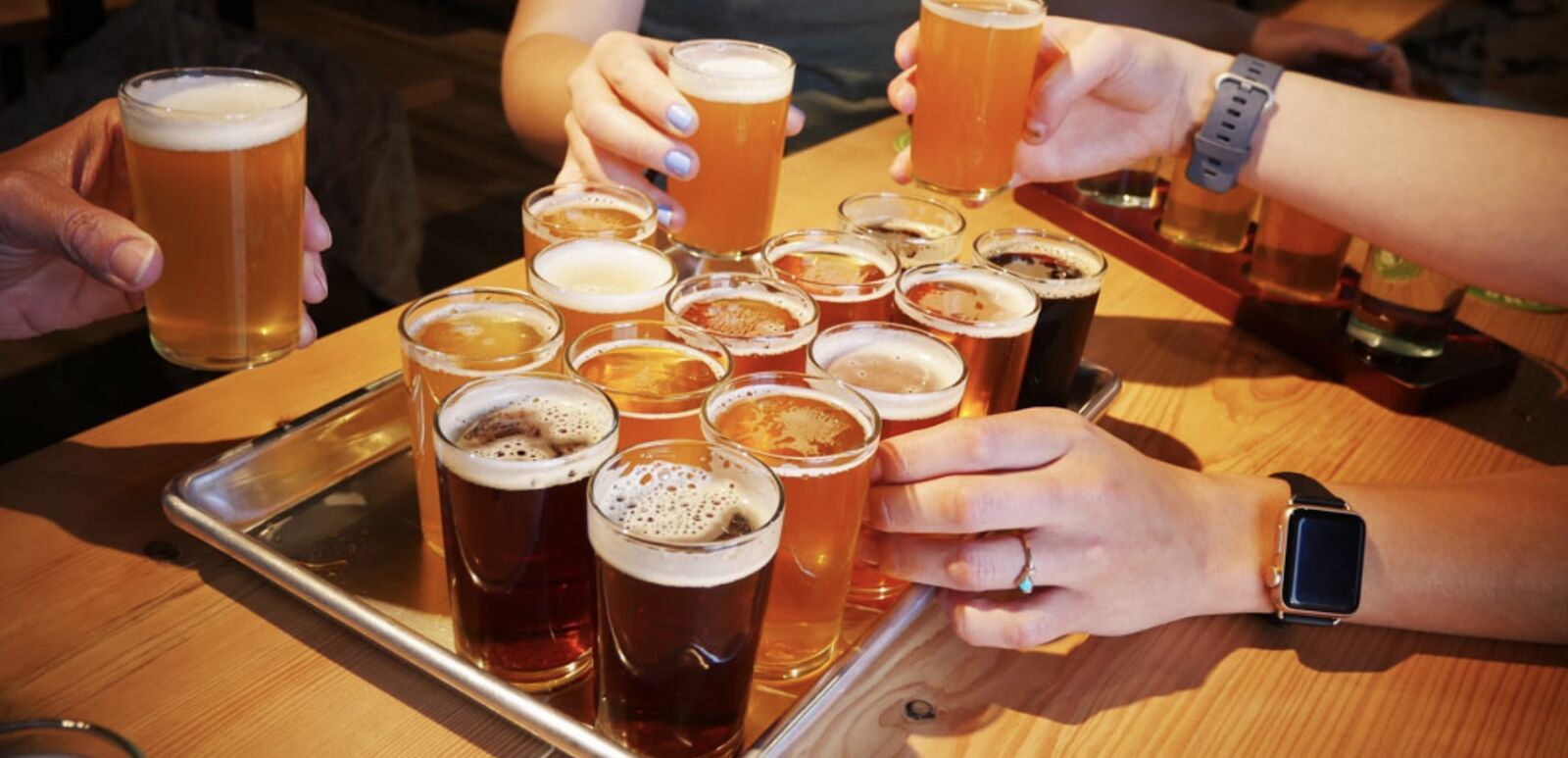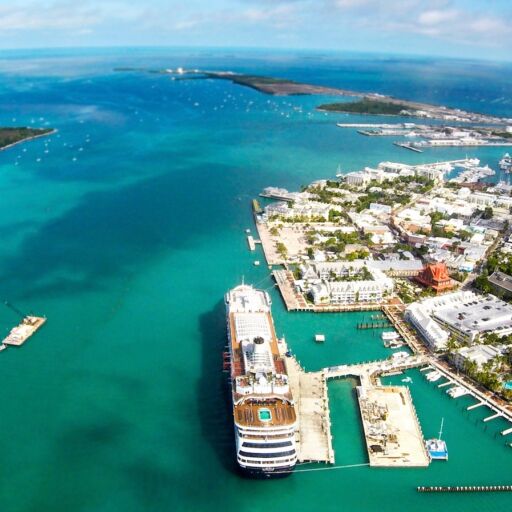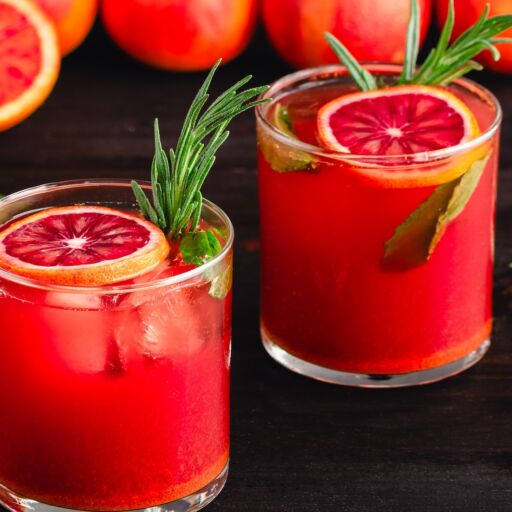On a Thursday evening in late January in Salt Lake City, Templin Family Brewing was packed. The long beer hall-style tables in the warehouse space were full and a line led up to the bar. Outside, a Thai food truck had pulled up and was doling out orders of pad thai and massaman curry. The beer list at TF Brewing is deep, a mix of draft and canned beers that range from hazy pale ales to oat stouts. It was crowded. Busy. The kind of packed you would expect from a downtown bar on a Saturday night, not necessarily a brewery on a weeknight.
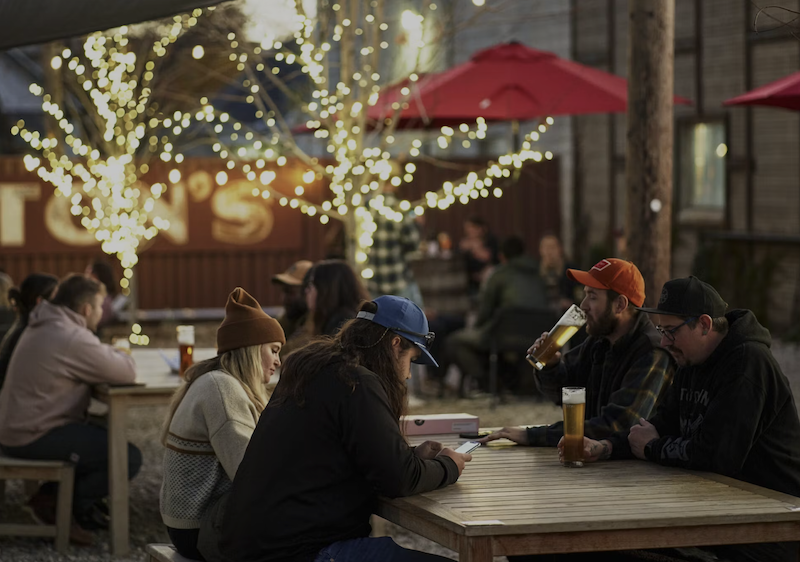
Salt Lake’s brewery scene is, excuse the pun, hopping. In 1986, there was a single brewery in Utah. By 2013, there were 18. In the last ten years, that number has more than doubled, with most of those breweries in or around Salt Lake City. There was Kiitos Brewing in 2016. RoHa Brewing (picture at top), Salt Flats Brewing, and Fisher Brewing all opened in 2017. Grid City Beer Works and SaltFire Brewing arrived in 2018. Level Crossing Brewing opened in 2019. The list goes on.
Salt Lake might surprise some people as a locus of innovative brewing. Historically the headquarters of the Mormon Church, a group that eschews the consumption of alcohol, Utah also has some of the most restrictive beer manufacturing and sale laws on the books. It was only five years ago that the state upped the legal limit of alcohol by volume (ABV) of beer available on tap and in sale in grocery stores from 4% to 5%.For context, both Colorado and Oklahoma used to have a similar 4% ABV limit on grocery store sales that they voted to remove in 2018. Oklahoma’s new limit, however, dwarfs Utah’s at 9%. Utah was one of the last two states that large companies like Budweiser were brewing separate beer for – which was seen largely as the catalyst for the change.
However, it might also be true that, to put it simply, the vibes are changing in Utah, especially in Salt Lake. A study published in December found that a majority of Utahns no longer identify with the Mormon Church. Additionally, over the past decade or so, Utah has experienced population growth attributed to an influx of people moving in from out of state. Salt Lake City is one of the fastest growing cities in the country.
SLC is now just as well known for being a ski town. A climbing town. A “we just went for a casual weekend camping in the desert” town. Walk into a brewery and you’ll spot any number of light puffer jackets, knit beanies, and sensible shoes: the unmistakable signs that someone knows how to read trail markers and keeps a ski rack attached to the roof of their 2004 Subaru Forester. Outdoorsy people love craft beer. And it loves them back.
The tap room of Chappell Brewing in South Salt Lake, which opened its doors less than a year ago and brews a range of ales, has a ski tuning bench, a long wooden table with mounts built in to hold your skis as you apply wax or tighten screws. The brewery offers free ski waxes on Friday nights where an employee will handle the skis while customers hang out and have a beer. On other days, people swing by and tune their skis themselves. Tim Chappell, one of the owners, is often on hand to offer guidance – he originally moved to Salt Lake to work for a ski mountaineering company.
“We’re trying to establish ourselves as a go-to spot for skiers in town,” Chappell said.
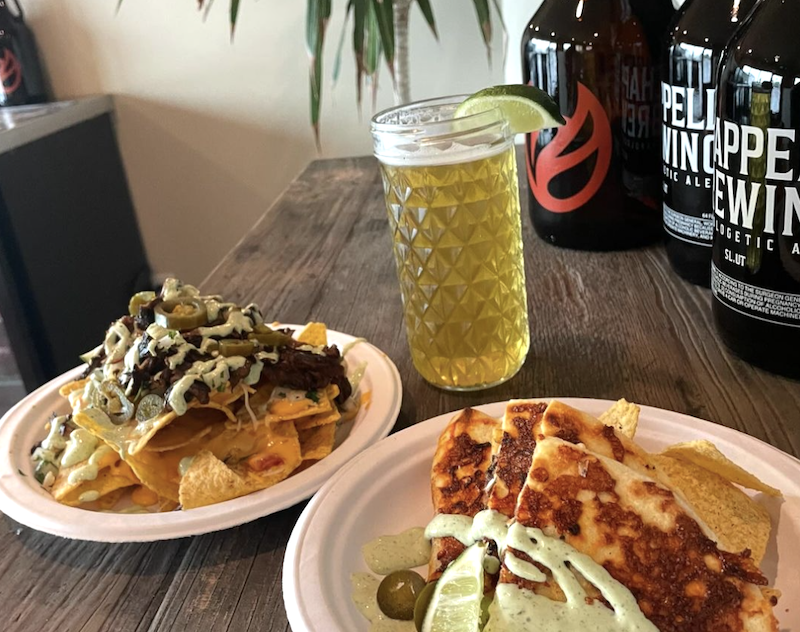
Chappell Brewing makes a range of ales, all 5%, all available on draft. Brewers in Utah are technically allowed to produce beer that’s greater than 5% – it just has to be put in a can, and unless a tap room has an additional liquor license, that “heavy beer,” as Utah calls it, can’t be consumed on the premises. Additionally, outside of the breweries themselves, those cans of heavy beer can only be sold at state-owned liquor stores. For Chappell, it makes more business sense to just make all his beers 5% ABV so he can have it available on draft. As with many small craft breweries, the majority of their revenue comes from the tap room, not can sales.
While a number of brewers would like to see the ABV limits removed or for restrictions to be put on the size of pours rather than the percentage of alcohol, they’re still creatively solving the puzzle the state has presented to them. Beer is a science. Fermentation is chemistry. The ratio of hops to water and how that affects taste and alcohol levels is a delicate thing. So no, you’re not going to find an imperial stout on draft in Salt Lake, but over the past five years, brewers in the area have taken their new (if only slightly) broadened parameters and run with them.
“To go from 4 to 5% on draft doesn’t sound like much. But it’s a 20% increase. So it just gives the brewers more room to play with,” said Mark Medura, the owner of Level Crossing Brewing and the president of the Utah Brewers Guild, a trade organization for craft brewers.
Because you know what’s often between 4% and 5% ABV? Saisons. Lagers. Amber ales. Stouts. Pilsners. Pale ales. Goses. So. Many. Beers.
Chappell Brewing has a cream ale on tap right now that tastes like horchata – they named it Climax. The beer is still light – crisp and dry – but the flavor is there. Undeniably horchata.
“Can you pick out what ingredient we used to finally nail the flavor? It took us a lot of trial and error to figure that out” Tim Chappell, one of the owners, leans on the bar between us, a row of tall silver cans waiting to be filled behind him. “It’s a really stupid ingredient.”
I take another sip. And another. I know I like the beer, but beyond that I’m stumped.
“Cinnamon Toast Crunch.” He smiles, “I add it to the mash just like any other grain.”
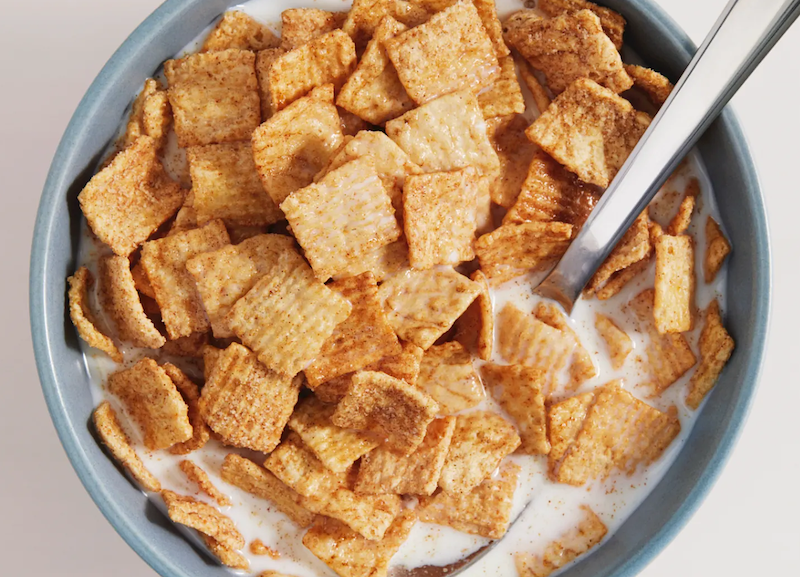
Last year Utah brewers brought home four medals from The World Beer Cup, a competition that refers to itself as “the Olympics of beer” (which, yes, is different from the beer olympics you attended at a frat house when you were 21). It has more than 10,000 different beers contending for medals. Four is more than Massachusetts breweries received. More than Minnesota. More than Michigan. More than Vermont.
“I always thought Utah brewers were some of the best in the country because they had quite a bit of constraints put on them,” said Medura.
If the popularity of tap rooms is any indication, then Medura might be right. Just down the street from the crowded scene at TF Brewing, there was a similar crush at Fisher Brewing. Friends leaned together on tables as they sipped on pints. Groups wandered through to the brewery’s new expansion, searching for a good place to sit or stand. The colorful chalkboard list behind the bar announced a beet saison, a blueberry lemonade sour, a coffee stout. You almost wouldn’t know you’re in Utah. But you are in Utah, and the beer is great.


